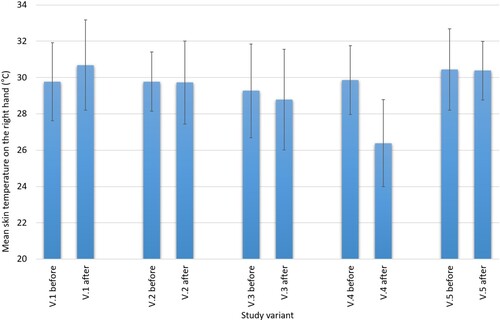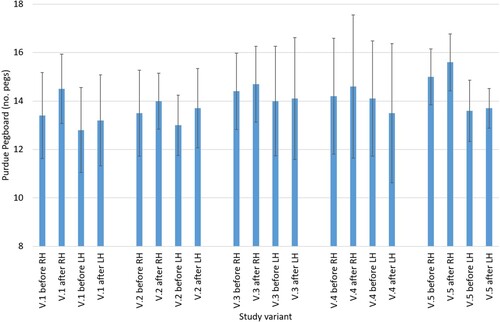Figures & data
Table 1. Characteristics of volunteers.
Table 2. Test variants.
Figure 1. Test scheme: pre-test (preparation for test); 1 h of exposure in climatic chamber; and after the test.
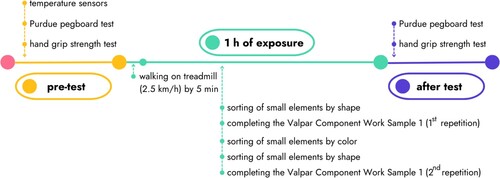
Figure 2. Mean weighted skin temperature values of volunteers before, at 20 and 40 min, and after (60 min) the test, depending on the variants. Note: bars = mean values, whiskers = standard deviation.
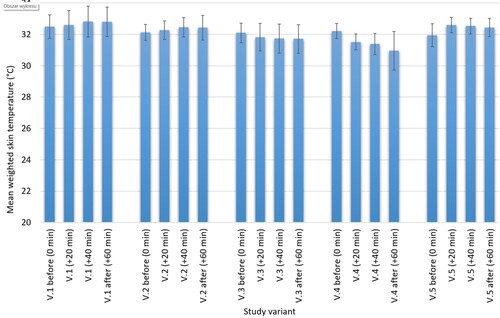
Table 3. Difference in skin temperature (skin temperature after cold exposure minus skin temperature before cold exposure) for variants V.1–V.5.
Figure 3. Mean values of skin temperature on the left hand before and after cold exposure, depending on the test variant. Note: bars = mean values, whiskers = standard deviation.
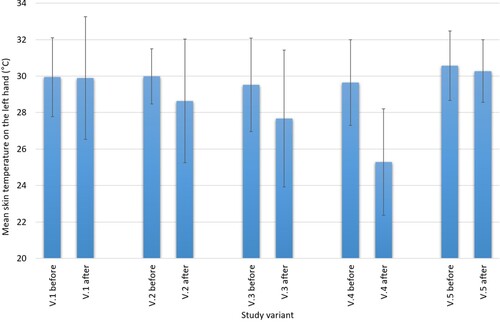
Figure 4. Mean values of skin temperature on the right hand before and after cold exposure, depending on the study variant. Note: bars = mean values, whiskers = standard deviation.
